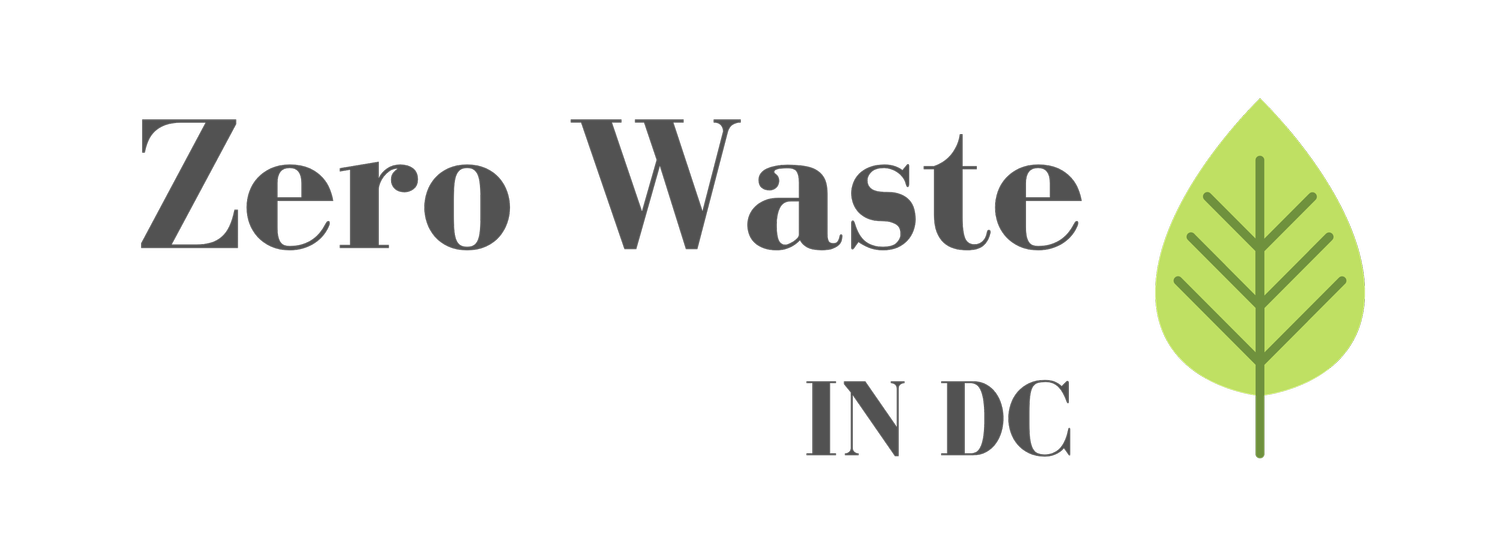Plastics Recycling: There’s no better time to get it right…and here’s how
Were you trying to reduce your plastic waste before coronavirus and now feel like throwing in the towel because of all the plastic streaming into your home? Gone for now are the days of having control over my groceries and choosing how they were packaged. For now, no more shopping in bulk aisles with my own reusable bags and jars. We are getting all our food either from home grocery deliveries and pickup or from restaurant takeout.
Here’s some good news…this is the perfect time to recycle correctly.
You are spending more time at home than ever before. This means you are seeing everything coming in and out of your home and you have more control over what you do with these items.
You probably have a little extra time to finally learn your county’s recycling rules. Let’s face it, recycling is confusing. As if non-standardized recycling labels weren’t enough, counties also vary in their recycling policies. Washington, DC, for instance, asks you to recycle your plastic containers with the caps screwed back on. Neighboring Montgomery County, MD asks you to keep the caps off.
You have a captive audience with fellow quarantinees. Trust me…you will never again have the chance to hold their attention. Matt now asks me daily whether this or that belongs in the trash or recycling bin. I think we finally made a breakthrough on the coffee ice cream container…no, it’s not recyclable.
Plastics Recycling is a Numbers Game
If you’re ready to take the plunge, here’s what you need to get it right.
Know your options
You can discard used plastics in one of three places:
your residential recycling bin
designated collection bins at your grocery store, or
your trash can
Follow these simple steps
1: Is the plastic item solid like a plastic bottle or flimsy and stretchy like a plastic bag? If solid, go to Step 2. If flimsy, skip to Step 3.
2: For solid plastics, what’s the number inside the triangular recycling symbol ♻ (the so-called “resin identification code”)? If there’s no number, it likely means it’s not recyclable. Frown and toss it in the trash can.
Containers should be clean and mostly dry. It's fine to have a little shampoo or detergent left in the bottle.
3: For flimsy, usually stretchy bags and other “plastic film” packaging, is it labeled with a “2” or a “4” in the triangle? If so, then include it for grocery store drop-off.
Participating grocery stores partner with private companies, such as Trex, to recycle the plastic film into items such as deck furniture and flooring. In my area, participating grocery stores include: Giant, Safeway, Wegmans and Target. So hold on to those plastic bags until we can all be safely shopping in person again.
If you have questions about your local recycling rules, I’m happy to dry to dig up the answers. Meanwhile, please stay safe, healthy and as plastic-free as feasible!
